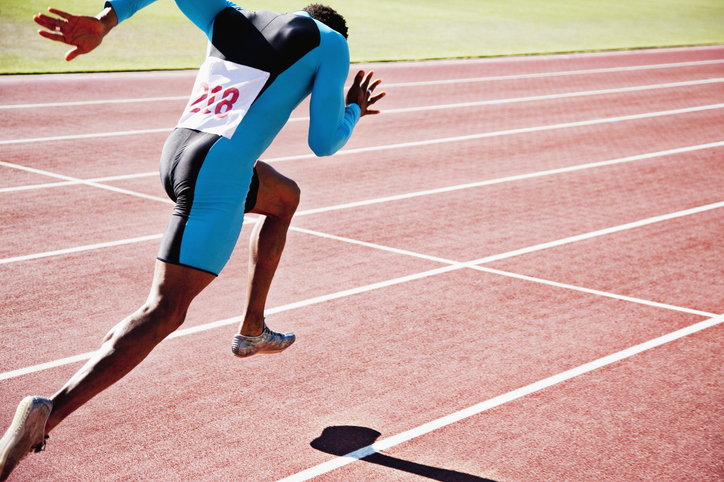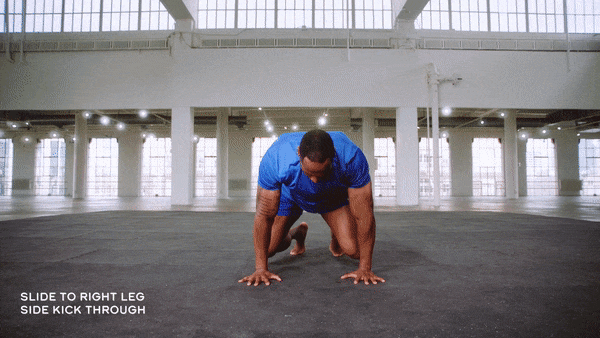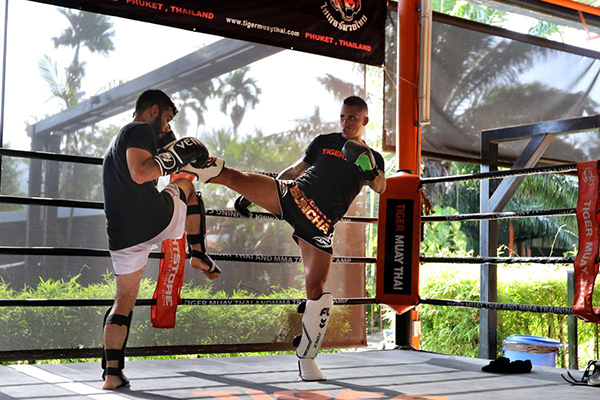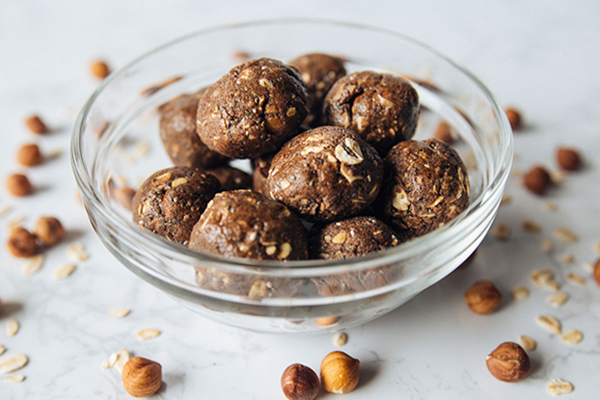What do a mixed martial artist, a sprinter, and an Olympic weightlifter have in common? Besides a drawer full of spandex, they all rely heavily on type 2 muscle fibers, also known as fast-twitch muscle fibers.
Type 2 muscle fibers give a roundhouse kick more oomph and a barbell snatch its signature snap. But even if you don’t have plans to step into the ring or slip on a singlet, understanding how to train your skeletal muscle fibers can help you become a better athlete.
What Are Type 2 Muscle Fibers?
You use type 2 muscle fibers during short, explosive periods of physical activity, which is why they’re well-known as your fast-twitch muscle fibers. “Type 2 muscle fibers are quicker to fatigue but can produce stronger and faster bursts of power,” says Joe Tatta, PT, DPT, founder of the Integrative Pain Science Institute.
Tatta explains that type 2 muscle fibers fit into two main categories (note that there are other types of “hybrid” fibers):
- Type 2a
- Type 2b (also referred to as type 2x, and are very rare!)
“Type 2a is used more during sustained power activities, such as sprinting 400 meters or doing repeated lifts with a weight below maximum,” he explains. “Type 2b is used for very short-duration, high-intensity bursts of power, such as maximal and near-maximal lifts and short sprints.”
Your body uses type 1 muscle fibers — a.k.a. fatigue-resistant “slow-twitch” muscle fibers — during prolonged, steady-state exercises that require endurance (e.g., a 10k run or a long, leisurely bike ride).
How Do You Increase Type 2 Muscle Fibers?

“To develop type 2 fibers, you should focus on training with heavier weights, explosive exercises, and power movements regularly,” advises Breanne Celiberti, MS, former adjunct instructor in the Human Performance department at the University of Tampa.
So if your goal is to increase type 2 muscle fibers in your legs, we recommend alternating between heavy lifts like barbell squats and deadlifts and explosive exercises like box jumps during your workout on a rotation.
Generally speaking, muscle fibers grow when small tears caused by physical activity heal, creating larger and stronger tissues. (If you’ve ever pushed yourself during a workout, you’ve likely experienced some of the achiness and swelling associated with this process).
Research indicates that, with specifically tailored training, it is also possible to change type 1 muscle fibers to type 2 muscle fibers. Take note that your muscle fibers revert to an “intermediate” or ‘unassigned’ state — part type 1, part type 2 — with inactivity.
What Do Type 2 Muscle Fibers Look Like?
Compared to type 1 muscle fibers, which are smaller and red (contain more oxygen), type 2 muscle fibers are larger and, according to Tatta, “pale.” Type II muscle fibers are “white” fibers because they’re used during anaerobic exercise, requiring less oxygen.
Because type 2 muscle fibers are larger, they help determine the size and definition of a muscle.
So, next time you’re running sprints on the treadmill, dashing from one side of the court to the other, or snatching a barbell over your head, think about how you’re increasing your type 2 muscle fibers!








